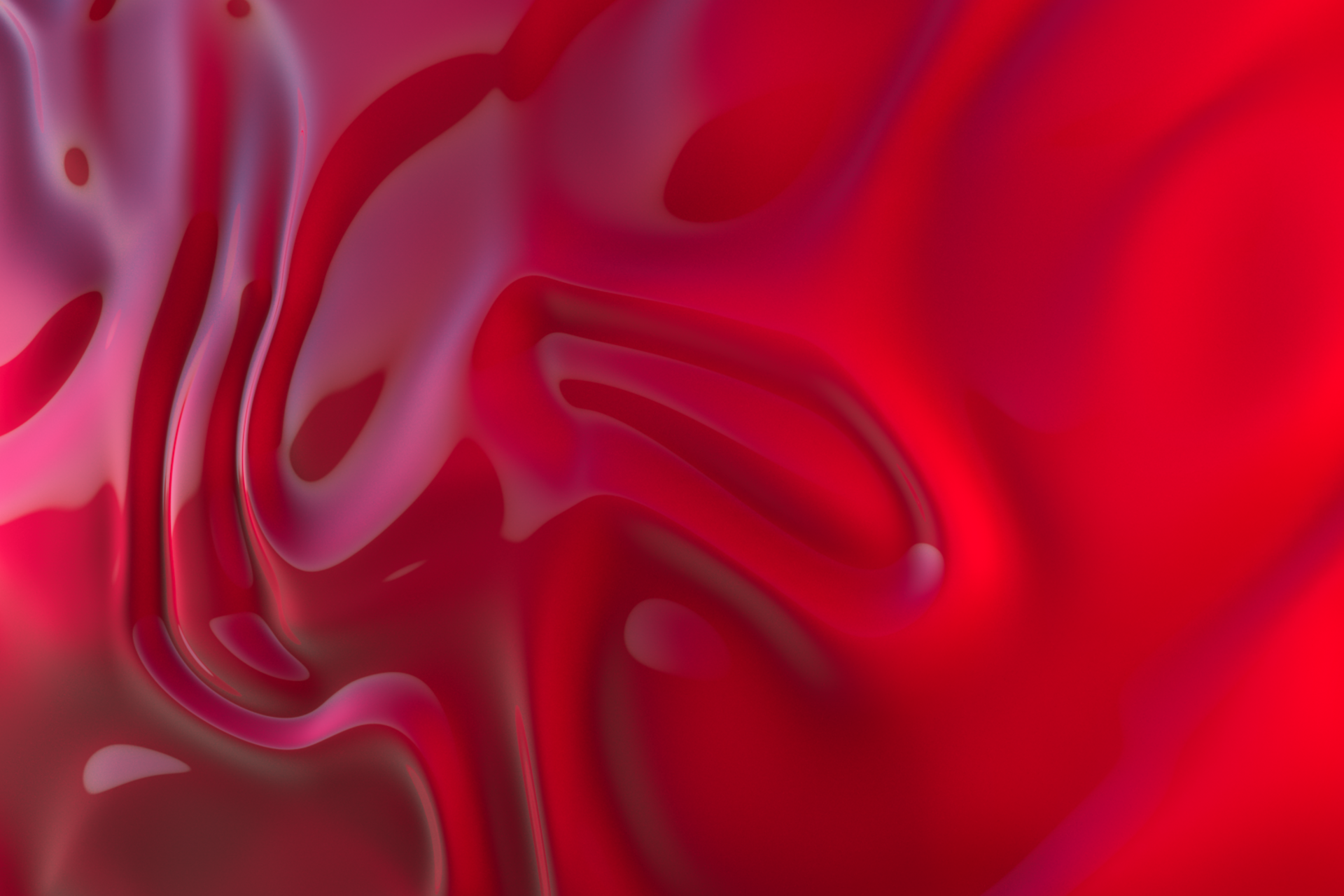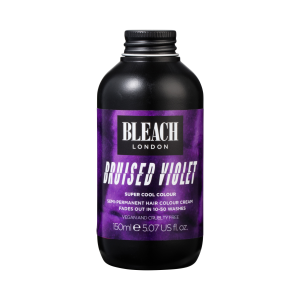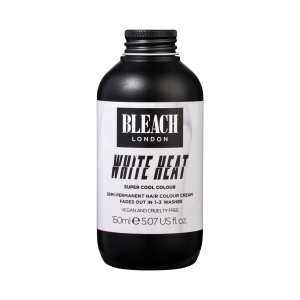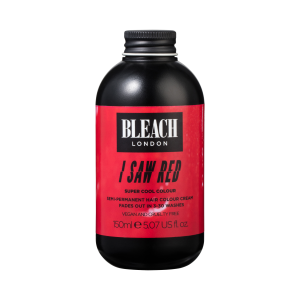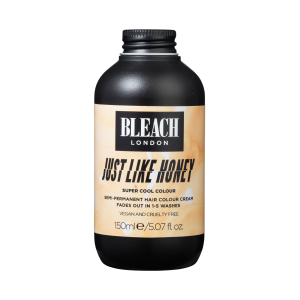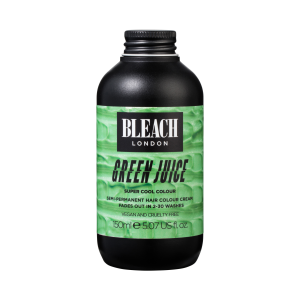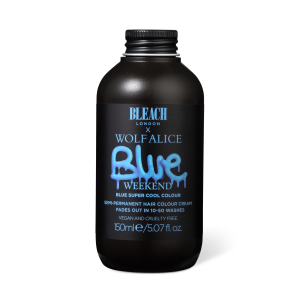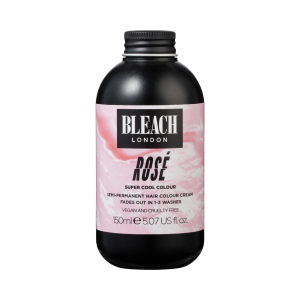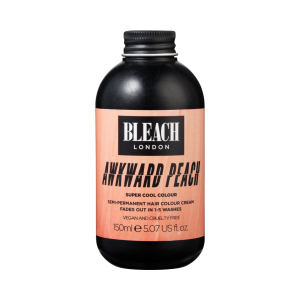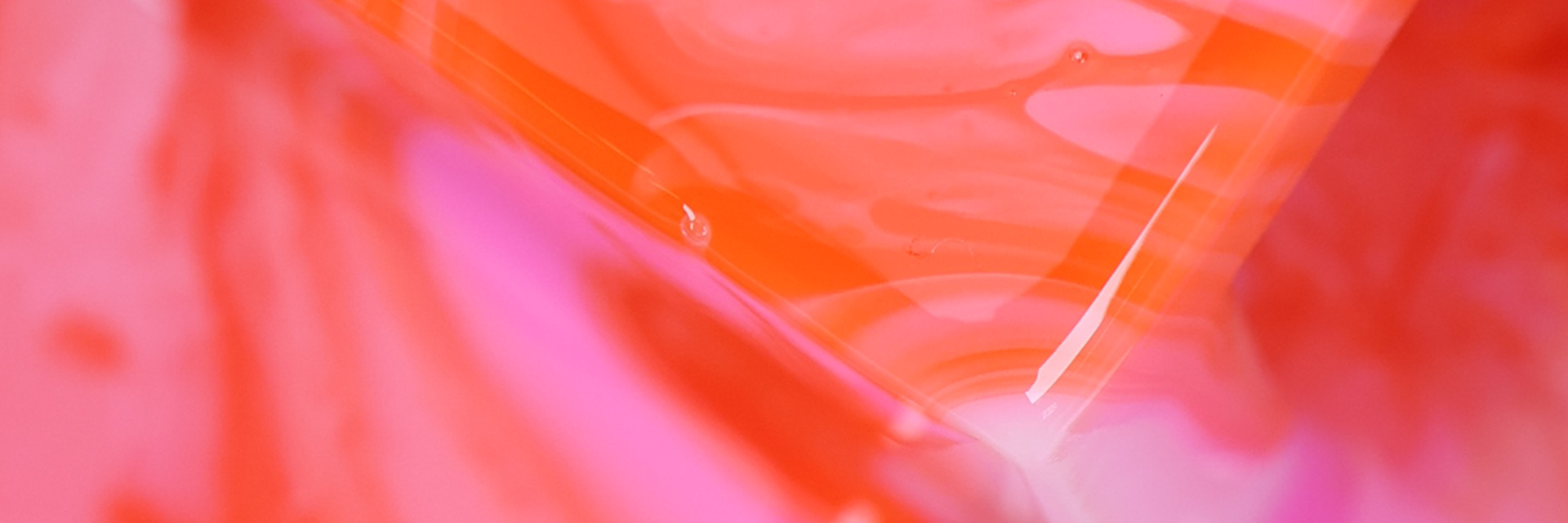
How to mix your own custom hair colour
Super cool ways to play with our Super Cool Colours. Here’s our expert edit of the best ways to customise your colour at home, from pastel-ising your vivid dye to colour clashing til the cows come home.
Want a hair color all of your own? The Bleach stylists are always mixing up custom concoctions in the salon to make colors just as unique as their clients, and you can too!
Mixing hair dye may look like chemistry, but our semi-permanent Super Cool Colours are designed to be customisable. All you need is some basic art-class know-how and some idea of the colour you want on your head!
Follow these stylist tips to get mixing and painting like a true artiste.
Do I need to bleach my hair before dyeing it?
To dye your hair any custom color at home, you’ll most likely need to bleach your hair first. Unless you have very pale blonde hair naturally and are dyeing your hair a deep, vivid color like our Bruised Violet Super Cool Colour, we recommend bleaching and toning first. This’ll ensure your colour shows up in its truest hue!
Take our Hair Quiz to choose the right bleaching kit and amount of product for your hair, then check out our advice for getting your best bleach at home!
Are semi-permanent dyes or permanent dyes better for mixing?
Short answer? Semi-permanent! We always recommend our semi-permanent dyes because they’re conditioner-based and very gentle, so not as harsh on the hair as permanent dyes. Our Super Cool Colours are especially good for mixing and making your own hair color because they have a creamy consistency that’s easy to work with, and they don’t require multiple steps like many boxes.
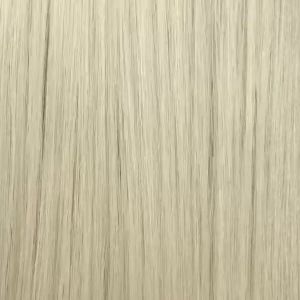
Diluting semi-permanent dye is one of the easiest ways to create a custom colour. Add a hair mask or your favourite conditioner to dilute your dye. The Bleach London Reincarnation Mask is great for this because it deeply nourishes and strengthens the hair while colouring. We recommend using a product that’s an opaque white, rather than anything clear or pigmented – this’ll make it easier to see the colour you’re mixing.
We’ll use our fiery Tangerine Dream Super Cool Colour as an example throughout this article. So let’s say you have a bottle of Tangerine Dream, but you’re after more of a goldfish orange. Just dilute Tangerine Dream with your favourite conditioner or mask!
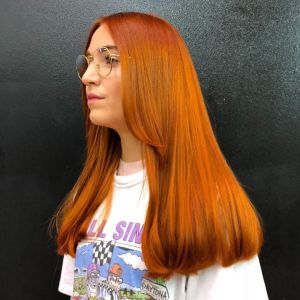
So you’ve diluted your custom colour, but you’ve done a strand test and it’s still not quite right. You like that it’s not such a deep orange, but now it doesn’t feel as vibrant. Mixing in a bit of Twisted Lemon Super Cool Colour should do the trick! This’ll give you a more yellow-based orange, making it feel brighter and more neon.You might mix your conditioner and Tangerine Dream and think ‘Actually, I want a softer tone, something closer to coral.’ That’s okay, you can mix in one of our many pink dyes!
Rule of thumb: Just like mixing paints, bold vibrant colours will wash our softer pastels. So its safest to mix similar pallets. Whether that’s mixing in Awkward Peach to warm up your Rosé or deepening your Washed Up Mermaid with a touch of Blue Weekend.
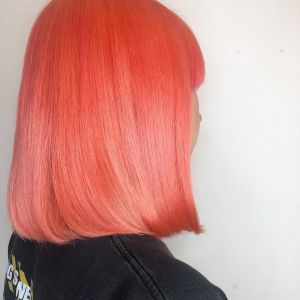
It’s like Bob Ross said; there are no mistakes, just happy little accidents.
It’s best to start with small increments, especially if you’re mixing vibrant tones. Although the colour in the bowl will give you a decent idea, never apply all over your head until you’ve completed a strand test!
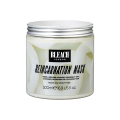
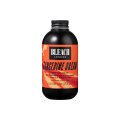
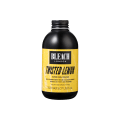
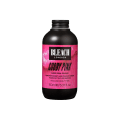
TIP: Fade your shade as much as you can before applying a new color. You want the cleanest base possible for the truest color result!
How do you change the hair color already on your head?
We’ve covered the basics, but what about color mixing when you’ve already dyed your hair?
Semi-permanent dyes like ours coat the hair strands in pigment, but your base will show through – kind of like watercolour paints! You won’t suddenly get a clean slate by putting one color straight over another, so you need to consider what’s already there.
If you’re wanting the goldfish orange we mixed earlier, but your current hair is silver, you’re going to be left with a muddy khaki. This is because cool-toned colors like silvers and greys always have an element of blue in them. And we all know what happens when you mix blue and orange!
Instead, try to only layer cool colors with cool, and warm-toned with warm. You’ll also up your chances of a good result if you layer a darker color on top of a lighter one. Layering a pastel like Blullini Super Cool Colour over a vivid, fresh Blue Weekend won’t do much, but the other way around would look great!
Are all colours in your range intermixable?
All Super Cool Colours are intermixable.
Do I need to do a strand test every time?
We advise you to do a skin and strand test every time you colour to make sure you like the finish, and hormonal changes in your body can affect how you react to a product. Better safe than sorry.
